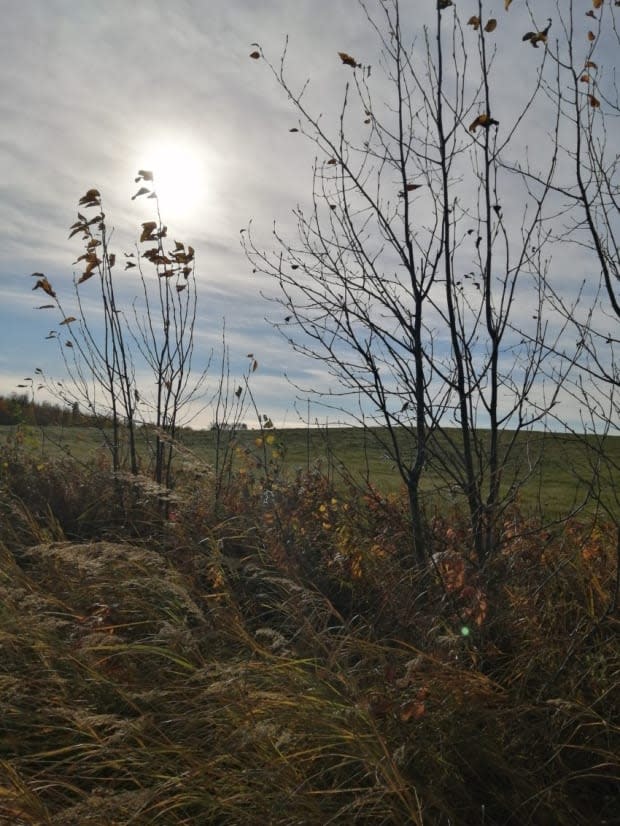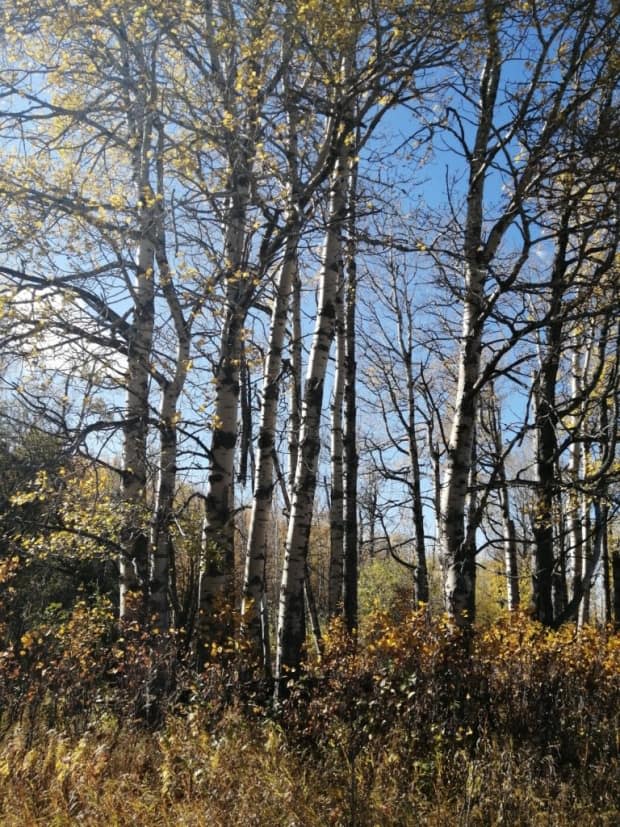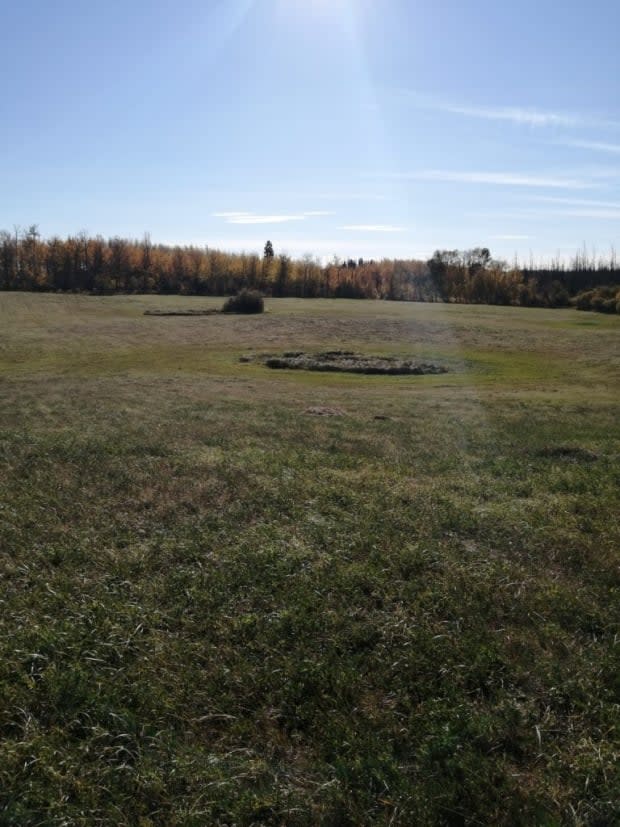How 2 Alberta Métis women secured 65 hectares of 'Land Back' in 3 months
Chelsea Vowel and Molly Swain often talk about what they envision as the future they want to live in on their Indigenous futurisms podcast, Métis in Space.
That future they want includes returning the land back to Indigenous people, so the two Métis women started a project called Back 2 The Land: 2Land 2Furious — hoping to raise enough money to buy a parcel of land in Lac Ste. Anne County, about 90 kilometres west of Edmonton, where Nakota Sioux, Cree and Métis people lived and hunted.
The push to buy land was driven by Land Back, an Indigenous-led movement that aims to return Indigenous lands back to those who were stewards of the land for generations before contact.
They expected the fundraiser to take two or three years to have enough money to buy a small section. But three months in, they received an email that they thought was a scam at first.
The email came from an anonymous man the two women call a "sugar settler" who agreed to give them the money to buy a 65-hectare parcel of land.
"It was just this weird thing where this wealthy settler from the U.S. wanted to just give us money," Swain said.

"It was like, 'this can't be real,'" Vowel said.
"It doesn't matter how many times we run up against how much wealth white people have, it's still hard to wrap our heads around."
Vowel and Swain announced their purchase of the land in October, putting the land into a trust.
The land includes dense forest, muskeg, swamps — and it's prone to flooding, Vowel said. It's not suitable for farming, and it doesn't sound particularly desirable to most people but Swain and Vowel said they feel drawn to the land where their ancestors once lived.
Vowel and Swain said they want the space to be open to Black, Indigenous and other people of colour who might not get much opportunity to be out on the land. They're hoping to work with Indigenous scientists and other knowledge keepers to get as much use out of the land as possible, allowing for medicine harvest and more traditional food sovereignty practices.

"Having that access to the land means we're able to open up that access to other Indigenous people who are doing work. So that's really the purpose," Vowel said.
That's not to say the land will turn into a full-time camp. Vowel teaches Cree at the University of Alberta, and Swain is a PhD student at the U of A's Faculty of Native Studies, so they won't have the time.
"I think we're both really committed to this being solidarity-based, but then also recognizing what our responsibilities are as Métis people on our lands to govern these lands responsibly, to be doing that work in a responsible way," Swain said.
Next step: infrastructure
The process hasn't been without challenges. They said banks, lawyers, and real-estate agents still don't understand what they want to do with the land.
Swain said it's also foreign to most non-Indigenous people that some settlers will just give back sections of land that many Indigenous people say is stolen in the first place.
"To us, nothing that we're doing is especially complicated," she said.
"But when you try to translate it to settler institutions, it becomes very, very difficult to navigate."

Both Vowel and Swain hope their experience can help smooth the process for similar transactions in the future.
Even though it seems like a completion, buying land is only step one, they say. Building infrastructure like a road and a freshwater well is going to cost more money, for which they will need to fundraise.
"Money has always played a big part in how we've lost what land we've been able to hold on to," Swain said.
"That's been a thing for all Indigenous people, but I think especially Métis."

